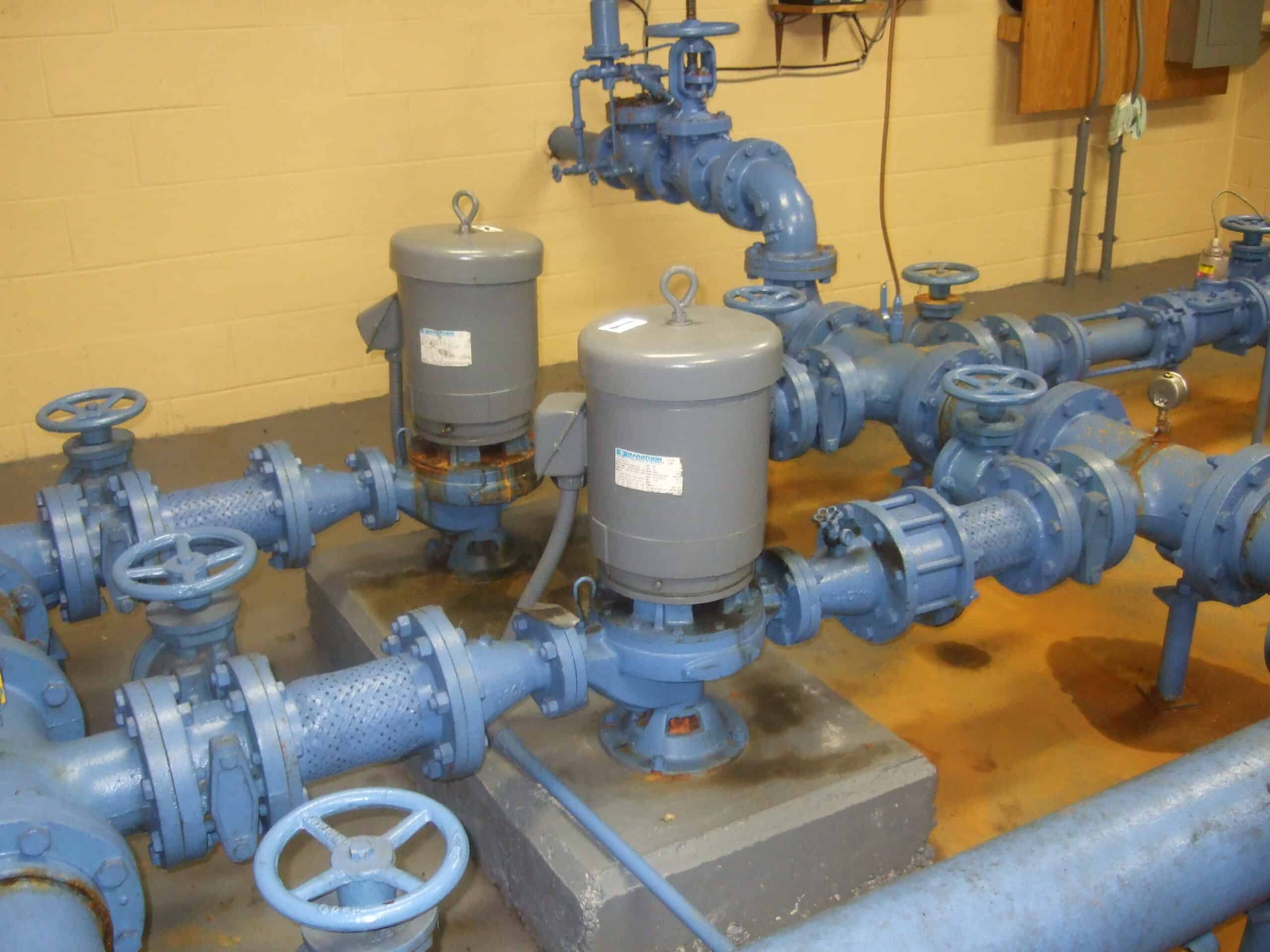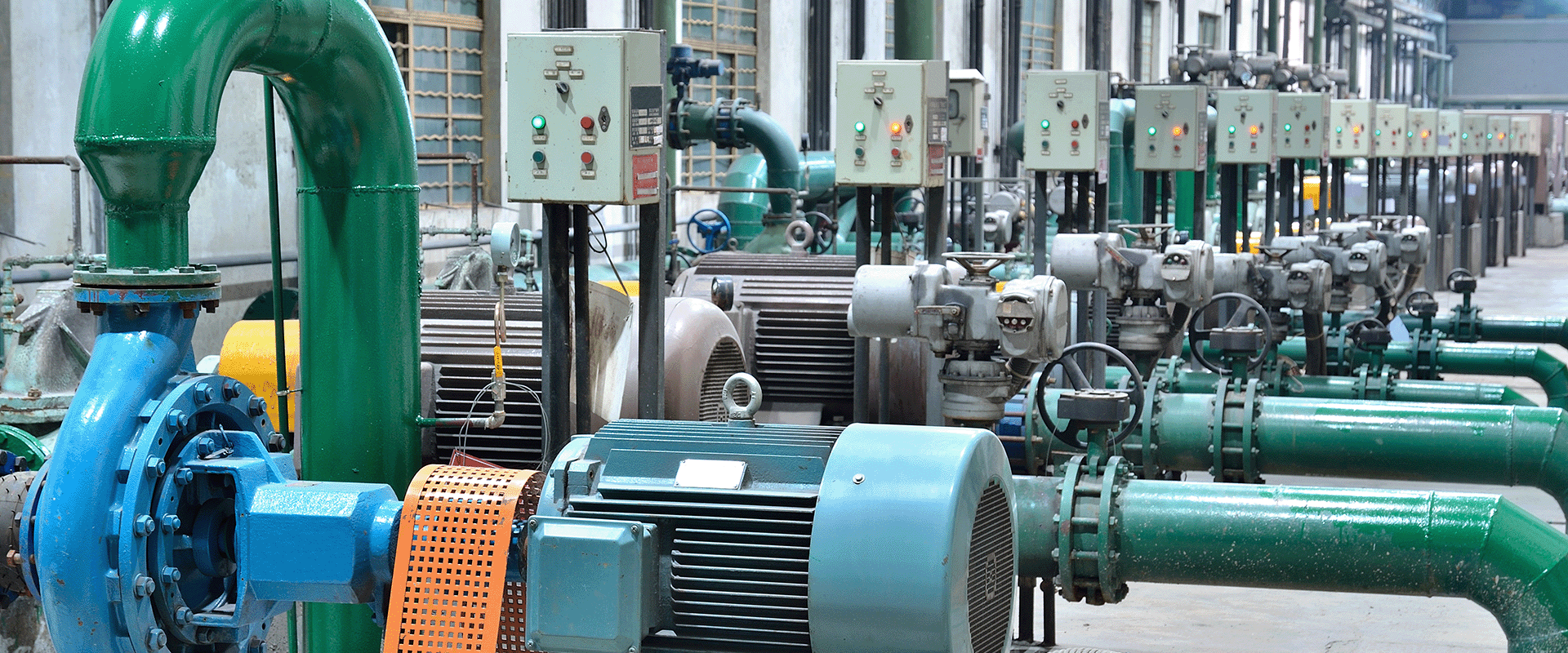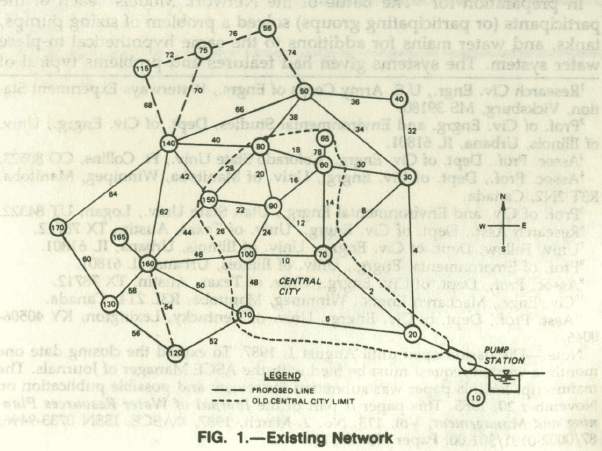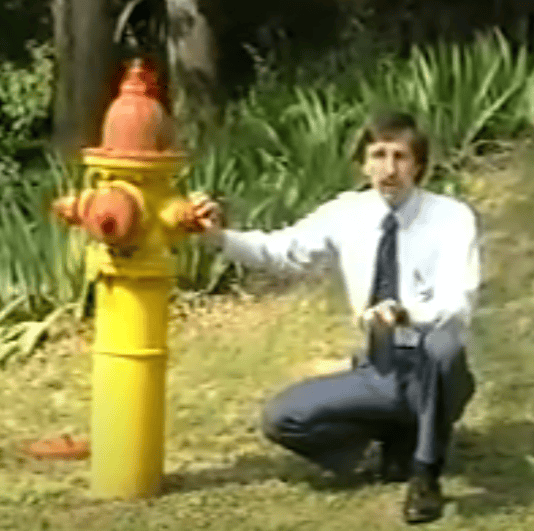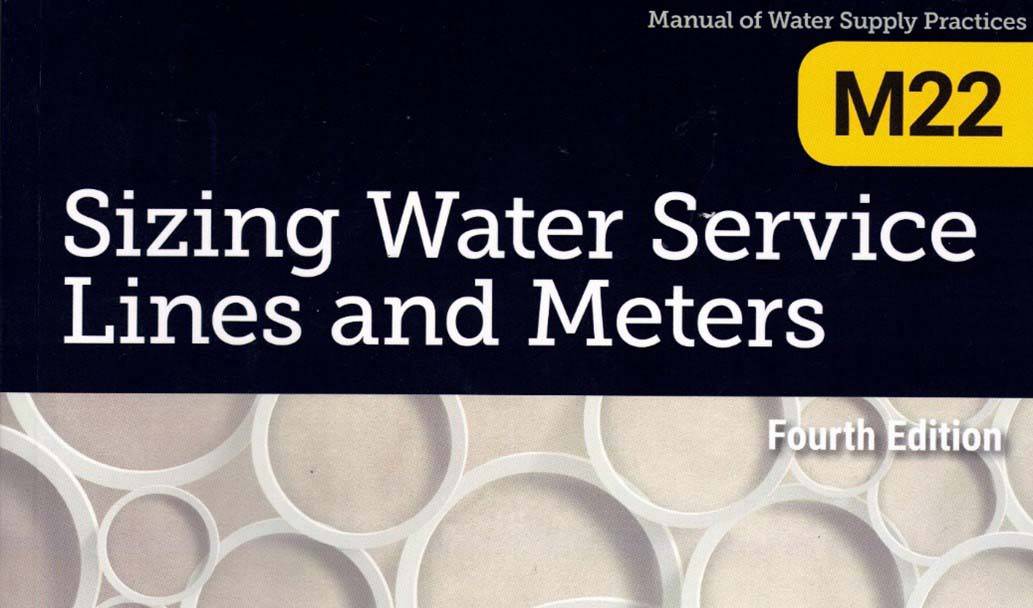“Variable frequency drives (VFDs) are valuable technology, and they always save energy in water and wastewater system pumping.” The first part of that statement is true, and the second part is generally true but not always. There are exceptions that engineers and operators need to be aware of when they are buying and operating pumping systems.
A question I frequently pose is: “What is the best speed to run a variable speed pump?” I receive a variety of responses, but the correct one is, “Off.” If you can select a pump that operates at an efficient operating point, allowing it to run near its best efficiency point (BEP), it will outperform a variable speed pump which tends to have fluctuating operating points along the pump efficiency curves (Walski et al., 2001).
Application
Turning pumps on and off requires storage to meet demand when the pumps are Off. In water systems, pumped flow is often directed to elevated tanks, which allows the tanks to be filled and drained with constant speed pumps. This has the added benefit of turning over the water in the tank improving disinfectant residuals.
In wastewater systems, the storage occurs on the suction side of the pump, with wet well levels rising and falling as pumps cycle. With variable speed pumping, flows can be very low during low-flow periods, which can lead to solids to settling in the force main. Cycling the pump can result in better solids transport.
In wastewater pumping with a single pump station and force main, variations in head in the wet well or the discharge manhole are usually minimal. This results in relatively constant pump head, making constant speed pumping more effective and operating near the BEP.
However, when multiple pump stations discharge into a common force main, pressure in the force main can vary significantly, for example, from 15 psi during low-flow conditions to 50 psi at peak flow. Finding a pump that runs efficiently over that range of flow and pressures is not feasible. In these cases, variable speed pumps are usually the best solution, although during very low-flow periods, constant speed pumping may still be better.
For water distribution pumping into a closed system (without storage that floats on the system), the water system demand can vary significantly―by a factor on the order of six, from a peak hour on a hot, dry day in the summer to 3 a.m. on a cool, damp night. Regulations require pumps to be sized to meet peak demands (with the largest unit out of service) which, by their very nature, rarely occurs. As a result, pumps are almost always running below their peak capacity. A common configuration for small to medium pump stations is two pumps, each able to meet peak demands (as one can be out of service at any time).
Cost comparisons justifying VFDs often compare a pump and a VFD vs. an oversized pump that must have its flow and pressure throttled to achieve desired pressures. In these situations, a VFD will almost always be the most cost effective. However, a better long-term solution may be to replace the pump, or trim/change the impeller.
Pump Station Configuration
A colleague of mine and I have looked any many different configurations of water distribution pump stations (Walski and Creaco, 2016) discharging into a closed system. As expected, we found that two constant speed pumps were the least energy efficient and two variable speed pumps were better. However, our study did not stop there. The two-variable speed pump configuration still ran at poor efficiency. We broadened the study to analyze three-pump configurations (one out of service) and we found that in terms of life-cycle costs, the three-pump configurations were more energy efficient than the two-pump configurations across a wide range of flows. The three-pump configurations were close in terms of life cycle costs, but the configuration with three pumps with VFDs was the highest cost, not because of energy costs, but rather the initial costs of the VFDs. (VFDs are not free.)
From the graph below you can see how the pump motor speed varies in response to changes in demand.
As the speed and flow vary, the efficiency and energy intensity vary widely. At a relative speed of 0.9, the efficiency and energy intensity are around 70% and $38/million gallons (MG). However, during low-flow periods, the efficiency drops to 52% and energy intensity increases to $47/MG.
Another way to view this is by looking at the pump curves. At times corresponding to around 600 gallons per minute (gpm), the cyan curve shows high efficiency. As flow increases or decreases, variable speed pump efficiency is adversely affected. The cyan efficiency curve shows the wire-to-water efficiency when the pump is operating at its BEP. The green curve shows a drop in efficiency as the pump exceeds the BEP, while the red curve shows how efficiency deteriorates when the flows drop during low-demand periods, which occur most evenings.
VFD Efficiency
Another factor that affects energy costs is the fact that the VFDs themselves are not 100% efficient. Near full speed, the pumps are close to 100% efficient, but as the motors slow down, this energy demand, which some refer to as the “parasitic energy demand” of the VFDs, increases. If you doubt that this energy waste occurs, stand next to a VFD as it runs. You will feel the heat coming from the VFD. The heat is energy that was purchased from the power company that did not get transferred to the water. However, obtaining precise data on VFD efficiency is often difficult.
Smaller Systems
At the lower end of the range of water distribution system flows, some installations have times when the flow through a pump is zero or close to zero, yet the system needs to be pressurized. Both variable speed and constant speed pumps, sized to meet peak demands, would operate at poor efficiency. Among the solutions is a small “jockey” pump that would keep the system pressurized continuously, or, more commonly, a hydropneumatic tank that would allow the pump to be off for extended periods during low-flow periods.
Life Cycle Costs
Selecting the best pump configuration should be based on a life-cycle cost analysis, which includes pump equipment, variable speed drives, and energy cost―typically the largest expense. Some engineers try to estimate this based on average daily energy costs, assuming that the pump will always produce this flow at this efficiency. Given the wide variations in flow rates, this cost estimate can be highly misleading.
To be accurate, energy costs would need to be calculated hourly for a wide variety of days over the life of the pump and these costs should be aggregated by calculating the present worth of these costs. These calculations can be tedious if done correctly and manually. However, today most pipe and pump designs in water and wastewater use hydraulic analysis software like OpenFlows Water (i.e. WaterGEMS) which can calculate flow, pressure, and energy efficiency for each pump over time and provide energy costs over time.
Part of the design involves calculating the system head curve over time. The response of the pump to changes in speed depends heavily on the system head curve. In recent years, Open Flwos Water can also calculate this set of system head curves, which provide insight into operating points and associated efficiency (Walski, Hartell, and Wu, 2010). Excuses for not evaluating life-cycle energy cost are no longer valid.
Summary
VFDs can be helpful in reducing energy use but are not a cure-all. Life-cycle cost analyses need to be done to develop the best design. In recent years, the tools, such as OpenFlows Water, to do such analysis are within the reach of any engineer, so that accurate, justifiable solutions can be found.
_______________________________
References
Walski, T. And Creaco, E. (2016) “Selection of Pumping Configuration for Closed Water Distribution Systems” Journal of Water Resources Planning and Management, Vol. 142, No. 6, June 2016, DOI 10.1061/(ASCE)WR.1943-5452.0000635.
Walski, T., Hartell, W. and Wu, Z., (2010) “Developing System Head Curves for Closed Systems” Journal AWWA, Vol. 102, No. 9, p.84, September.
Walski, T., Zimmerman, K., Dudinyak, M. and Dileepkumar, P. (2013) “Some Surprises in Estimating the Efficiency of Variable-Speed Pumps with the Pump Affinity Laws,” ASCE EWRI Conference, Philadelphia, PA, June 2003.
Read more of Tom’s blogs here, and you can contact him at [email protected].
Want to learn more from our resident water and wastewater expert? Join the Dr. Tom Walski Newsletter today!

